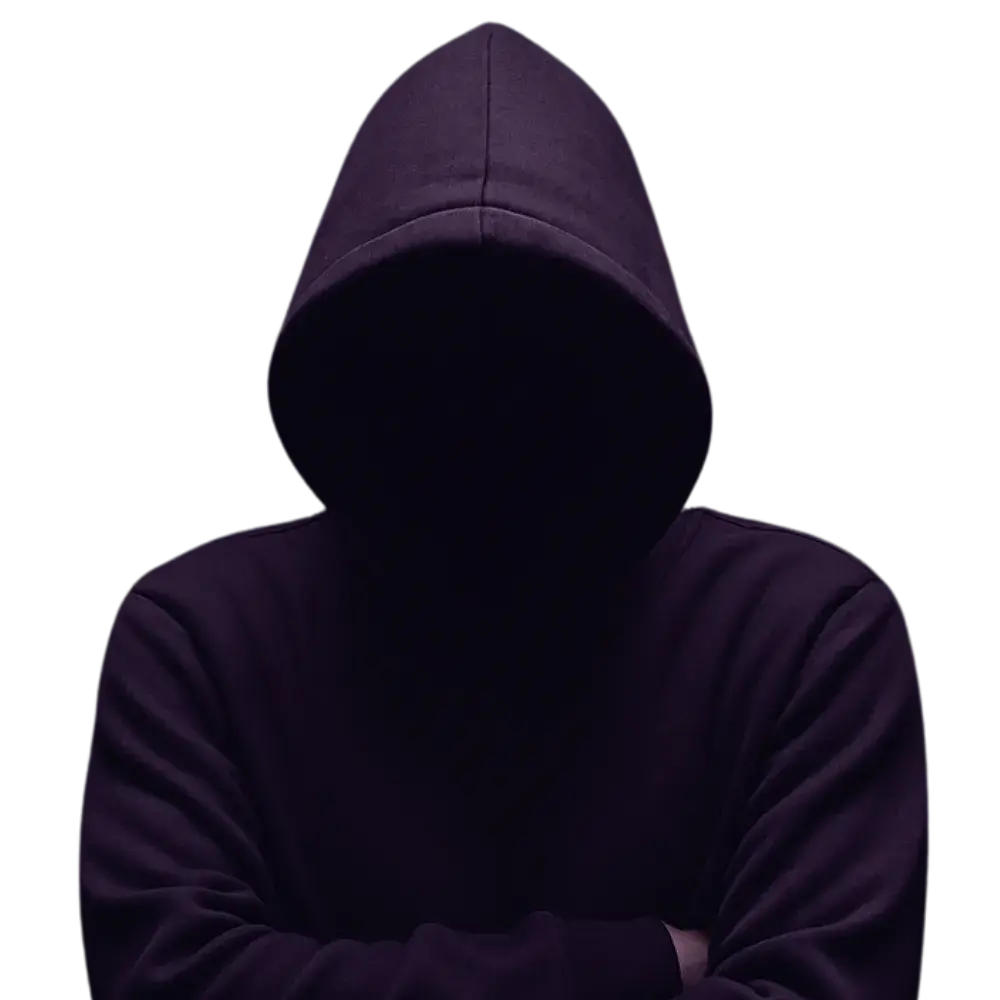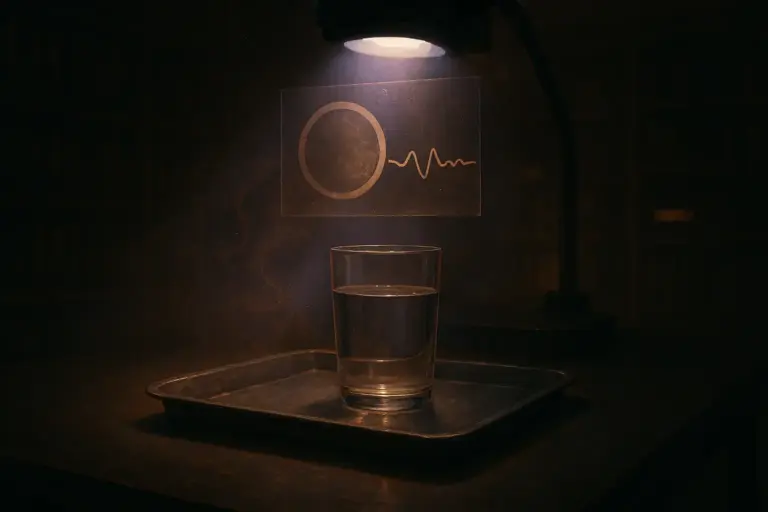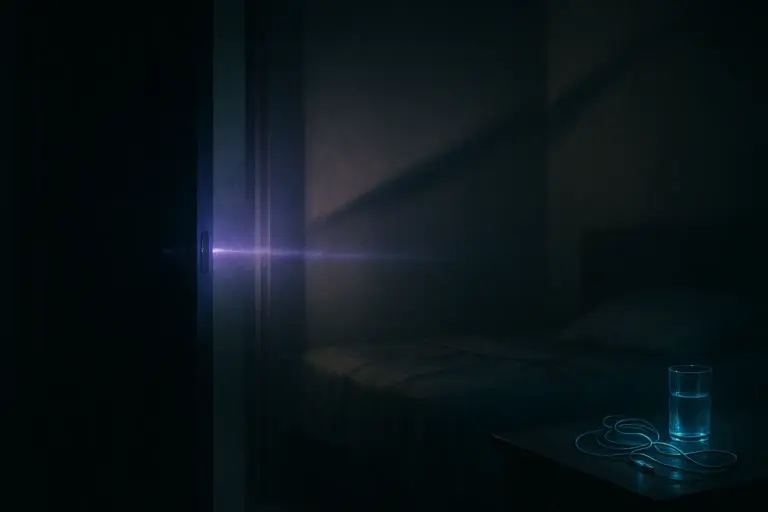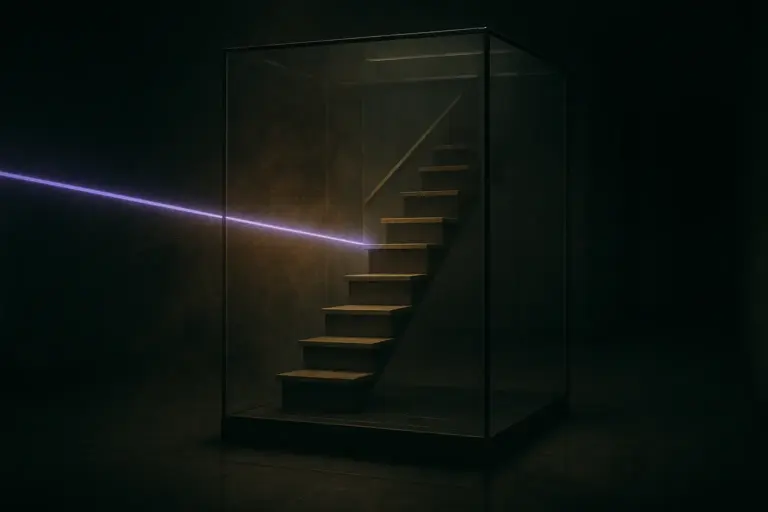Real Ghost Sightings: A Technical Analysis of EVP Recordings
Archival recordings from empty rooms show audio patterns consistent with pareidolia, a line blurring before real ghost sightings can be logged.
The recorder should have heard nothing but the air conditioner and static. Instead, on the third pass, a hushed syllable crept out of the noise floor like breath against glass. In a locked maintenance corridor, fluorescent hum at 60 Hz and a dynamic mic pointed toward bare cinderblock, the expectation was silence; the capture was suggestion. Technicians logged room tone, took a baseline, and still the waveform grew teeth. It felt like the category of real ghost sightings had been folded into a strip of magnetic tape—and something had been left out of the logbook.
What the Video Adds (Quick Summary)
- Demonstrates early open‑reel experiments where blank leader passes yielded alleged consonants under noise.
- Explains how dual‑recorder setups reveal localized coupling vs. genuine anomaly through spectral comparison.
- Highlights EKU thesis findings showing that blind labeling drops word‑recognition agreement significantly.
- Shows ASSAP protocols: mic‑capped runs, RF surveys, 1 kHz calibration tones, and ABX checks for methodological rigor.
- Visualizes spectrogram analysis where narrowband spikes match RF ingress rather than voice formants.
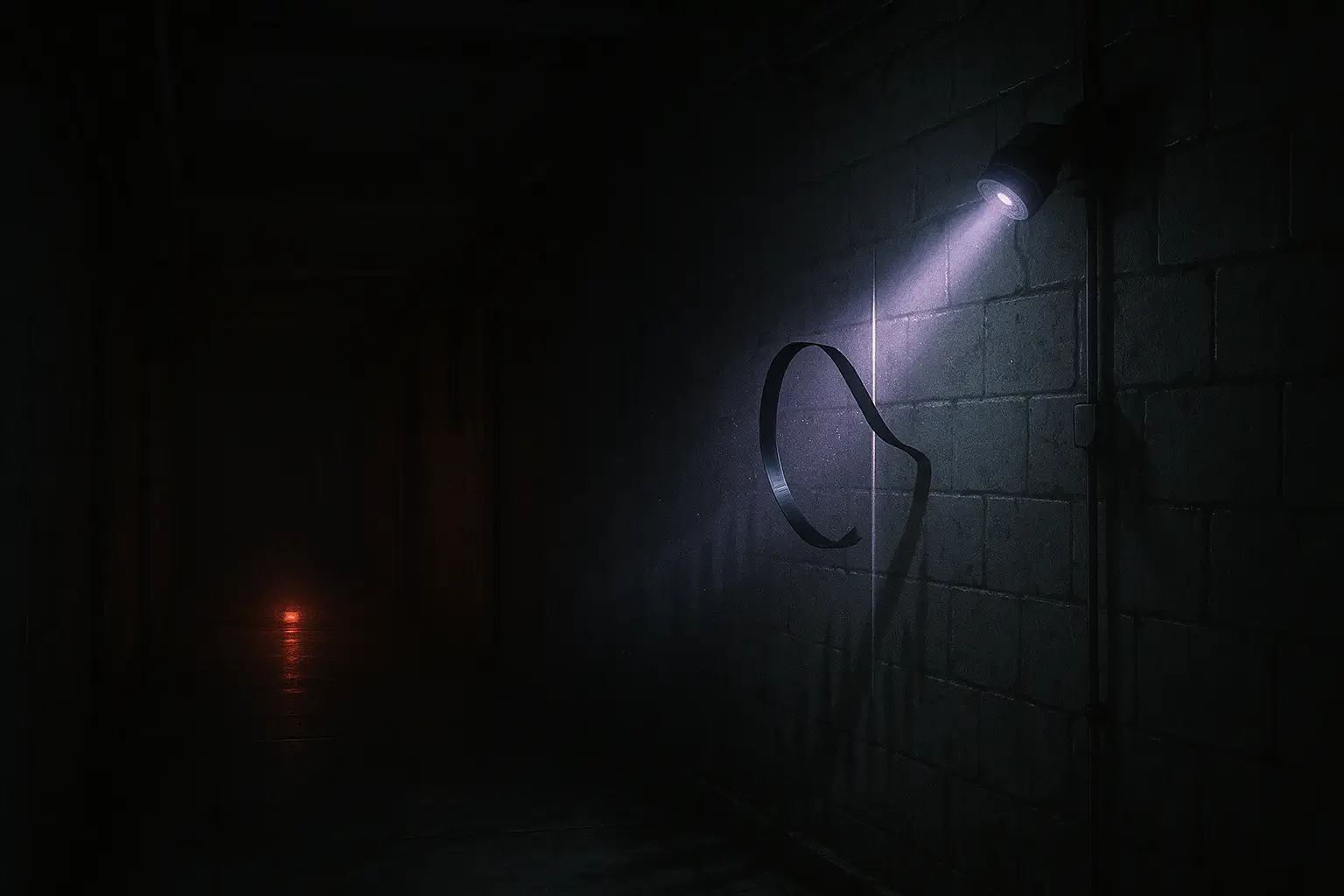
First rupture when empty rooms resolve into alleged words
Archives point to late‑1950s tape experiments where empty rooms produced voice‑like artifacts, later labeled electronic voice phenomenon. Typical setups used consumer reel machines, built‑in omnidirectional microphones, and tape hiss around −58 dBFS. No multitrack isolation. No Faraday cage. When the alleged voice appeared, it rode a narrow band between 1.5–2.8 kHz, the formant region for intelligible speech. That overlap is the rupture: the band you expect for people, in a place arranged for none. A primary speech‑science review notes that without controlled mic directivity, stable sampling, and known signal‑to‑noise ratio, ordinary contamination can masquerade as words (Source: Eastern Kentucky University, 2020, speech science thesis).
In trial replications with digital recorders at 44.1 kHz 16‑bit, investigators reported brief consonant‑like onsets within otherwise atonal noise. Spectrograms showed transient clusters, sub‑300 ms, lacking continuous voicing. That profile can feel like a whisper because the brain bridges gaps. It is the line between documented acoustics and inference—a line older than the label EVP itself (Source: Wikipedia, 2024, historical overview).
Verified encounters and lab protocols for ghost voices
Where evidence firms up, methodology tightens. Teams running parallel recorders with different mic patterns—cardioid plus boundary layer—found that alleged phrases were not co‑present across channels, a red flag for internal device noise or radio ingress. Blind protocols where analysts transcribe the clip without prompts reduce expectancy effects; in those, agreement rates drop toward chance when phrasing is not suggested in advance (Source: ASSAP, 2021-02-02, analysis guidance).
Speech specialists propose objective markers—stable fundamental frequency, harmonic structure, and consistent formant spacing—to distinguish human vocal production from artifact. Many clips lack these; instead they show broadband bursts or narrowband spikes common to RF bleed and intermodulation. University reviews recommend calibrated tone sweeps before and after sessions, logging SNR and room impulse response to contextualize anomalies within the wider paranormal field (Source: Eastern Kentucky University, 2020, speech science thesis).
Field experiments with scanning radio devices, the so‑called spirit box, often generate phonemes harvested from live broadcasts. In self‑tests, operators report meaningful words at rates consistent with coincidence when baseline expectations are applied, especially over the 300–3400 Hz voice band (Source: Art of Manliness, 2024-10-29, spirit box experiments).
“One file was missing — the one that mattered.”
Denials redactions and the psychology behind paranormal audio
Silence in the record is not silence in the mind. Auditory pareidolia—pattern detection applied to noise—can convert random transients into familiar words, particularly under priming. When listeners are told what a clip is “supposed” to say, agreement rates spike. When they are not, the message dissolves. Statistical framing warns that multiple comparisons, unchecked trials, and flexible endpoints inflate false positives, making a compelling clip inevitable given enough tape (Source: Statistics by Jim, 2023, statistical pitfalls).
Psychology texts catalog expectation, confirmation bias, and top‑down processing as core drivers for hearing speech in ambiguous noise. That does not decide ontology; it sets the bar for claims. Without frequency‑isolated controls and RF shielding, radio cross‑talk remains a mundane culprit, especially near AM transmitters and wiring acting as antennas (Source: Transpersonal Psychology, 2025-02-15, psychological mechanisms).
Against that backdrop, claims folded into real ghost sightings borrow the authority of instruments while quietly skipping pre‑registration, blinding, and data sharing. The omission is procedural, not theatrical, leaving ghost cases under scrutiny resting on cognitive scaffolding rather than replicable signal.
“The meter peaked once, then the hallway swallowed it.”
Forward echoes what electronic voice phenomenon implies for investigations
If an EVP is to weigh on claims of real ghost sightings, it needs falsifiability in the wiring. That means RF‑shielded spaces or spectrum logging to rule out broadcast intrusion; dual‑recorder redundancy with isolated power; pre‑registered hypotheses stating what counts as a hit before rolling; and blinding of transcribers with decoy noise files. Add synchronized video of meters and room state, time‑locked impulse responses, and published raw WAVs.
Success would look like the same phrase captured on separated devices, with harmonic content and formant spacing consistent with speech, yet with no measurable airborne source on a reference mic and no RF energy corresponding to the event. Replication by independent teams in new sites would carry it further. Failure would be equally valuable: artifacts pinned to cable routing, gain staging, or site‑specific radio. Either way, the result advances the map, including evp cuts that linger in both the archive and the mind.
History reminds us that technology shapes the haunt. From tape saturation to modern low‑noise preamps, the medium curates what can appear—and what seems to answer back (Source: Perfect Circuit, 2025-10-27, early EVP history and gear). Until protocols converge, recordings sit between engineering and interpretation, nearer to folklore than to instrument‑grade evidence.
Sources unsealed EVP dossiers and technical footnotes
PRIMARY — Speech methodology and anomaly criteria for EVP assessment (Source: Eastern Kentucky University, 2020, speech science thesis).
SECONDARY — Historical definitions, early experimenters, and typologies (Source: Wikipedia, 2024, electronic voice phenomenon overview).
SECONDARY — Audio analysis standards and verification pitfalls (Source: ASSAP, 2021-02-02, analysing paranormal sound recordings).
SECONDARY — Cognitive and perceptual mechanisms relevant to ghost voices (Source: Transpersonal Psychology, 2025-02-15, psychological effect analysis).
SECONDARY — Equipment lineage shaping capture conditions from tape to digital (Source: Perfect Circuit, 2025-10-27, haunted circuits history).
SECONDARY — Statistical framing for interpreting low‑probability hits (Source: Statistics by Jim, 2023, ghost hunting statistics mindset).
SECONDARY — Practitioner‑level tests of scanning radio devices and interpretation limits (Source: Art of Manliness, 2024-10-29, spirit box trials).
Final transmission echoes from tape and dark rooms
A red LED blinks in a dead corridor while the spectrogram blooms violet over black, an alphabet that almost remembers how to speak. The recorder clicks off, carrying a question in its circuits. If EVP ever earns its place beside claims of real ghost sightings, it will be because procedure finally spoke louder than the whisper. Signal ends — clarity remains. Home Paranormal Mysteries Ghosts & Demons
What defines an EVP recording in relation to ghost voices
EVP typically refers to voice‑like sounds captured on audio gear without an identifiable human speaker present. Analysts look for repeatable spectral features, harmonic content, and cross‑device agreement to separate artifact from signal. Source: ASSAP, 2021-02-02, assap.ac.uk/articles/detail/analysing-evp-and-paranormal-sound-recordings
How strong is the evidence for real ghost sightings using EVP
Most EVP evidence is anecdotal or methodologically weak, with many clips explainable by noise, radio bleed, or expectation effects. Strong evidence would require preregistered protocols, RF controls, and independent replication across sites and teams. Source: Eastern Kentucky University, 2020, encompass.eku.edu/cgi/viewcontent.cgi?article=1450&context=honors_theses
What are the main limitations of electronic voice phenomenon studies
Key limitations include small sample sizes, lack of blinding, and poor control of RF environments. Without raw data sharing and multichannel redundancy, alternative explanations remain more plausible than extraordinary ones. Source: Statistics by Jim, 2023, statisticsbyjim.com/fun/ghost-hunting-statistics/
They Don’t Want You to Know This
Join the society of the curious. Get early access to leaked findings, hidden knowledge, and suppressed discoveries — straight to your inbox, before they vanish.
